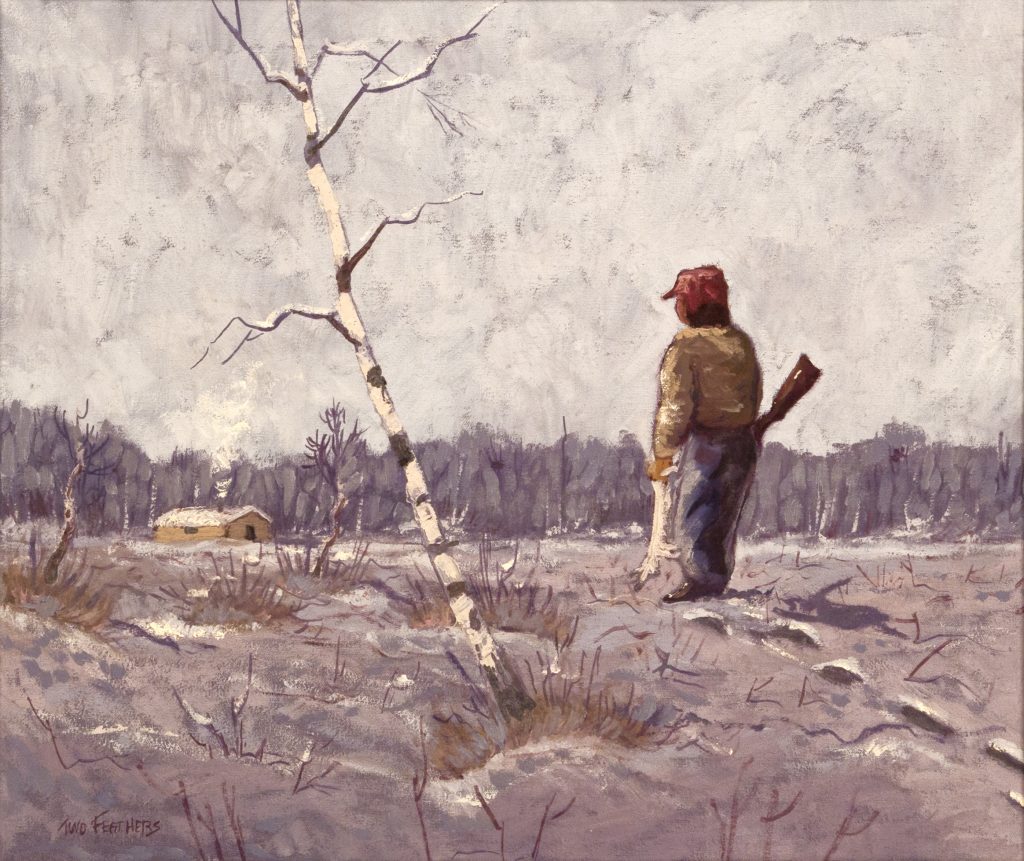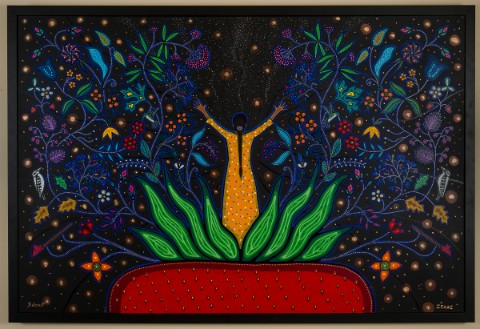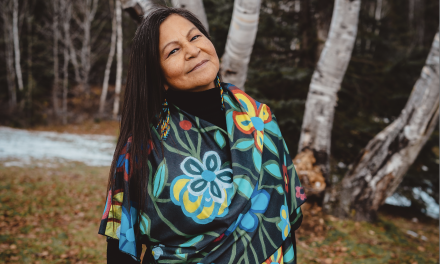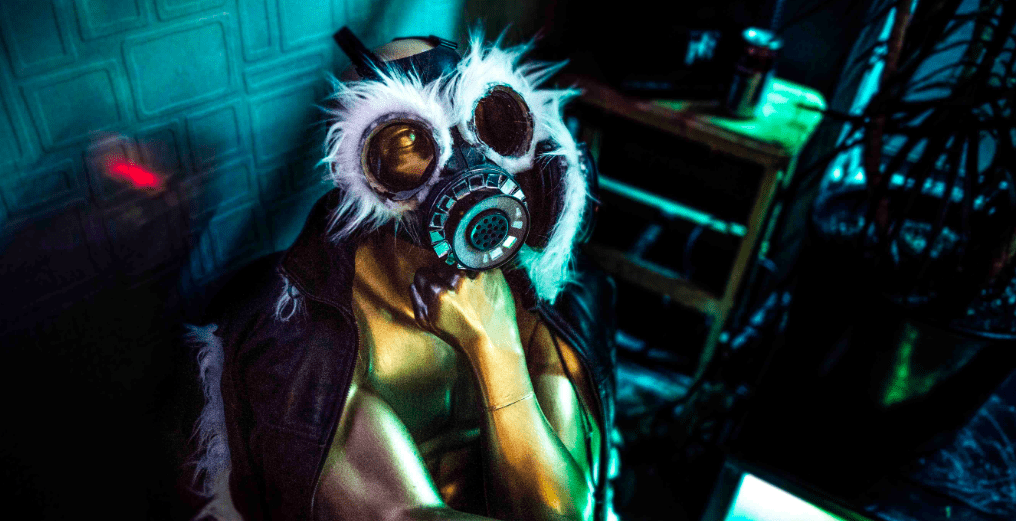
A Look at the Thunder Bay Art Gallery’s Waabooz/Rabbit Exhibit
Story by Pat Forrest, Photos by Chad Kirvan
From Bugs Bunny to the March Hare, Br’er Rabbit to the Easter Bunny, and numerous others around the world, rabbits are often featured in stories, including those written for children to entertain or instruct them. The rabbit may play the part of an animal, but usually they behave like humans such as the flippant and crafty Bugs or the deliriously confused March Hare.
The Thunder Bay Art Gallery’s Waabooz/Rabbit exhibit takes us on a journey to a deeper look at the rabbit and how it has been viewed over time through art and craft. Waabooz is the Ojibway name for the snowshoe hare, but it is commonly used as a generic term for any kind of rabbit. Fittingly, most of the artists in the exhibition are Indigenous.
Thunder Bay Art Gallery registrar and curatorial assistant Meaghan Eley says that Ahmoo Angeconeb’s ephemeral 10 Rabbits (c. 1982) was the inspiration for the exhibit. “10 Rabbits is one of my favourite pieces in the collection and I had always wanted to see it on display. It prompted a look further into the collection to see what else might be there that depicted rabbits and/or used rabbit in its construction,” she says.

Eley says that the initial list of works suggested a few broad themes: those that depicted rabbits as they are, rabbits as prey animals, or rabbit skin and fur used for warmth and decoration, and those that incorporated an element of storytelling or myth. Some readings also highlighted all the contradictions that arise in portrayals of rabbits: domestic, wild, brave, cowardly, innocent, cunning, cute, and fierce. “I found it interesting that so many human characteristics are used to describe rabbits and thought they would be an interesting starting place for an exhibition,” she says.
There are 31 works in the show by 26 artists including paintings, drawings, prints, beadwork, quillwork, birchbark biting, carvings, and more. Angeconeb’s 10 Rabbits and Angelique Merasty’s birchbark bitings suggest the sociability of rabbits while in Delia Beboning’s Circular Rabbit Quill Box (c. 1980), the single animal evokes the more solitary life of the hare.
Norman Moonias depicts rabbits as prey with his Untitled [rabbit hunter] (1979), leaving us wondering if the rabbit escaped. The rabbit is not so lucky in Shannon Two Feathers’ Untitled [rabbit hunter] (c. 1980). The level of detail and craft used in works such as Alice Bernarde’s Traditional Gun Case (1992) and Frank Archibald’s Snowshoes (c. 1980) reinforce that hunting, while necessary for survival, can have artistic elements.

Eley says that people have enjoyed the variety of artists and works and have characterized the exhibition as being playful and fun.
Waabooz/Rabbit is at the gallery until November 28, 2020. COVID precautions are in place and visitors are currently being asked to pay what they can with a $5 donation being suggested.













